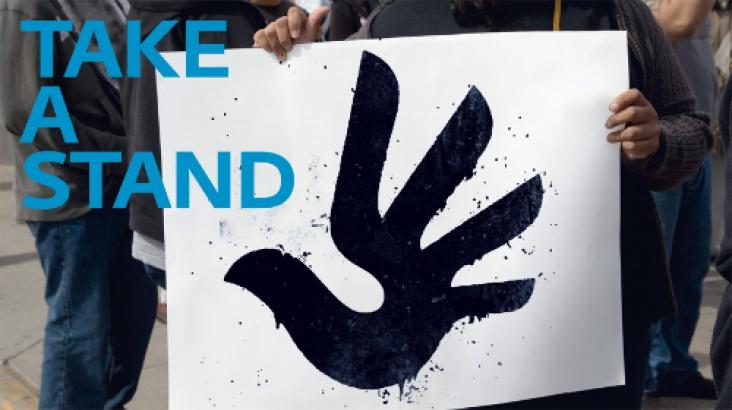
LexisNexis partnered with the National Center for Missing & Exploited Children® (NCMEC) to develop the Automated Delivery of Alerts on Missing Children Programme, known as ADAM. SDG 16.2 aims is to end abuse, exploitation, trafficking and all forms of violence against and torture of children and the ADAM Programme provides a simple solution to engage citizens, businesses and organisations in finding missing children in the US.
This report advances SDG 16 by exploring the human rights responsibilities and practical implications faced by business when addressing adverse human rights impacts connected to product misuse.
The Blueprint for Business Leadership on the SDGs aims to inspire all business — regardless of size, sector or geography — to take leading action in support of the achievement of the Sustainable Development Goals (SDGs). It illustrates how the five leadership qualities of Ambition, Collaboration, Accountability, Consistency, and Intentional can be applied to a business' strategy, business model, products, supply chain, partnerships, and operations to raise the bar and create impact at scale. The Blueprint is a tool for any business that is ready to advance its principled approach to SDG action to become a leader. This chapter relates specifically to SDG 16.
Access to justice as a practical and process based concept may be defined as the capacity of people to access judicial institutions which shall bring solution to common judicial problems of the people

RightsApp is a free, quick reference guide to international human rights law. LexisNexis collaborated with the Australian Human Rights Commission to develop RightsApp, the world’s first mobile application that allows users to quickly and easily search international human rights conventions and declarations by topic, right and country. Providing information about human rights is a vital pillar of target SDG 16.10 to ensure public access to information and protect fundamental freedoms.
This article advances SDGs 3, 5, and 16 by providing a broad overview of global violence aginst women and highlighting the difference health professionals can make for women who experience violence in its multiple forms.
This article advances SDGs 3, 5, and 16 by demonstrating how gender power inequalities are at the root of sexual violence against women and outlining ways to prevent sexual violence and mitigate the mental and physical health impacts of rape.
Most scholars would agree that the goal of business is to create value. Yet, can there be anything more valuable than peace?

There are more than 45 million victims of modern slavery globally with a significant number involved in construction. This report argues that forced labour and modern slavery are common throughout the global construction industry. Engaging key stakeholders and raising awareness of the issue from a global perspective are key to the advancement of SDG target 8.7 to eradicate forced labour, ending modern slavery and human trafficking by 2025.
The number of victims of modern slavery in England and Wales has increased fivefold since 2012, according to a new report issued by the Salvation Army. This increase magnifies the risk to companies of doing business with third-parties involved in modern slavery and human trafficking if proper precautions are not taken. Raising awarenress of modern slavery is vital to the advancement of SDG 8.7 to eradicate forced labour, ending modern slavery and human trafficking by 2025.
